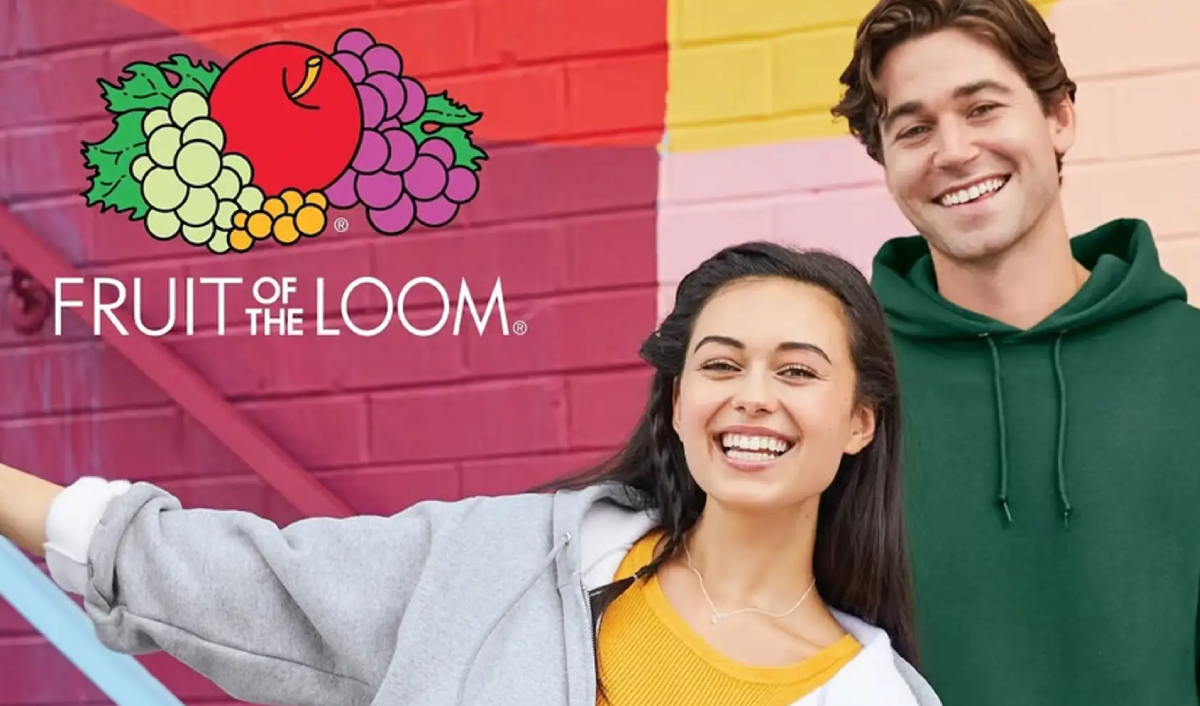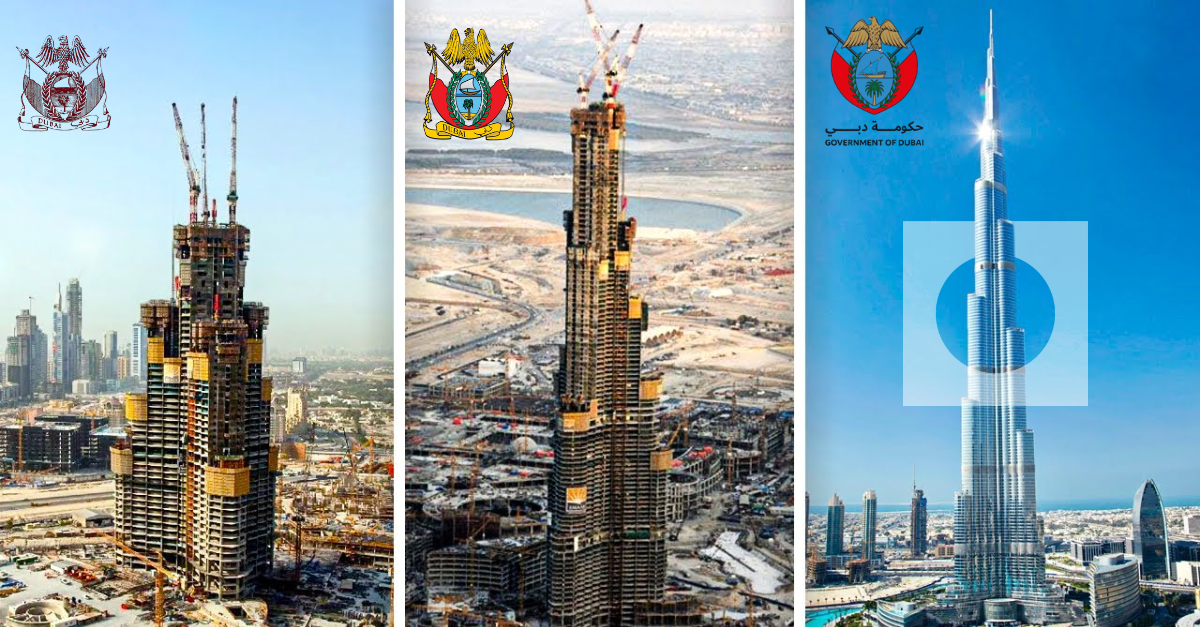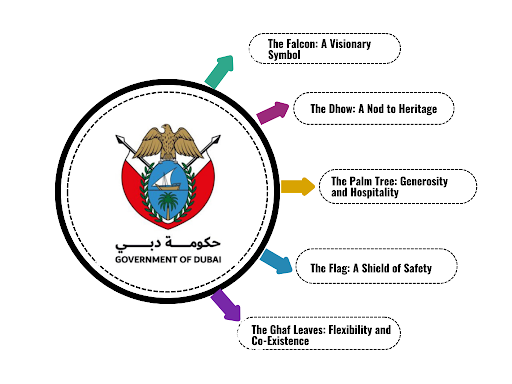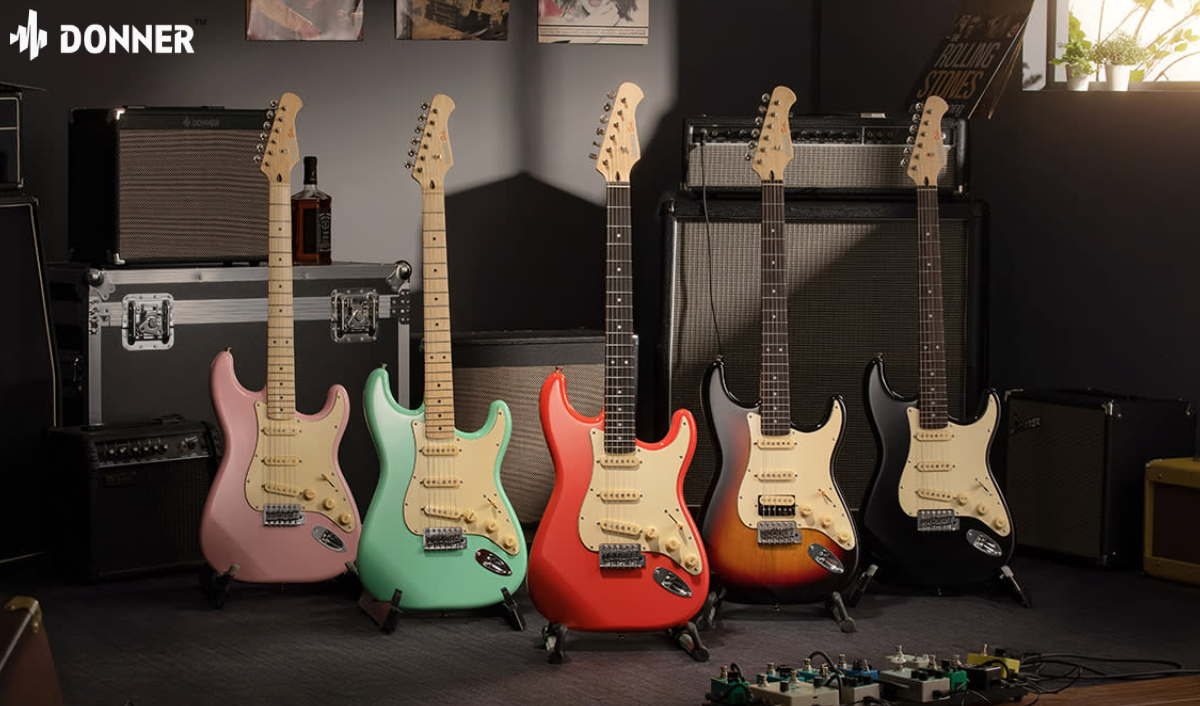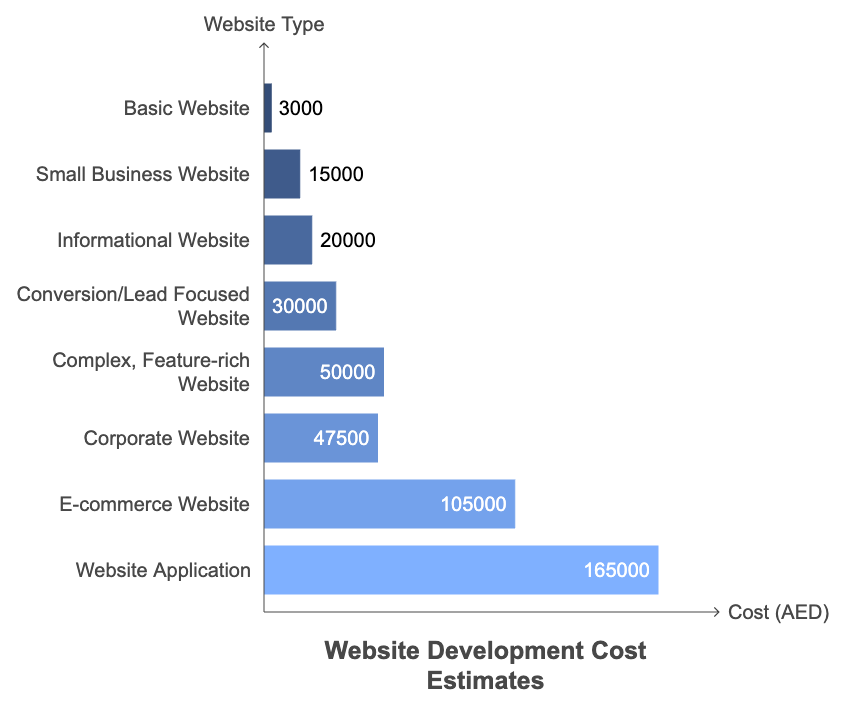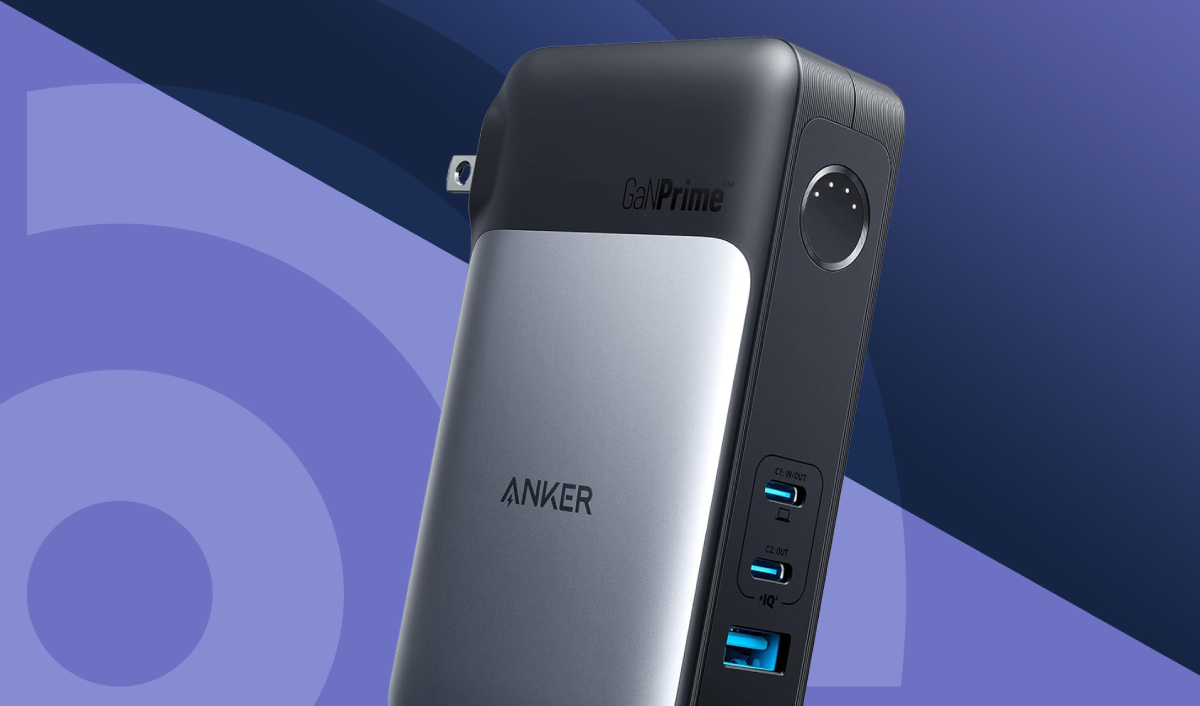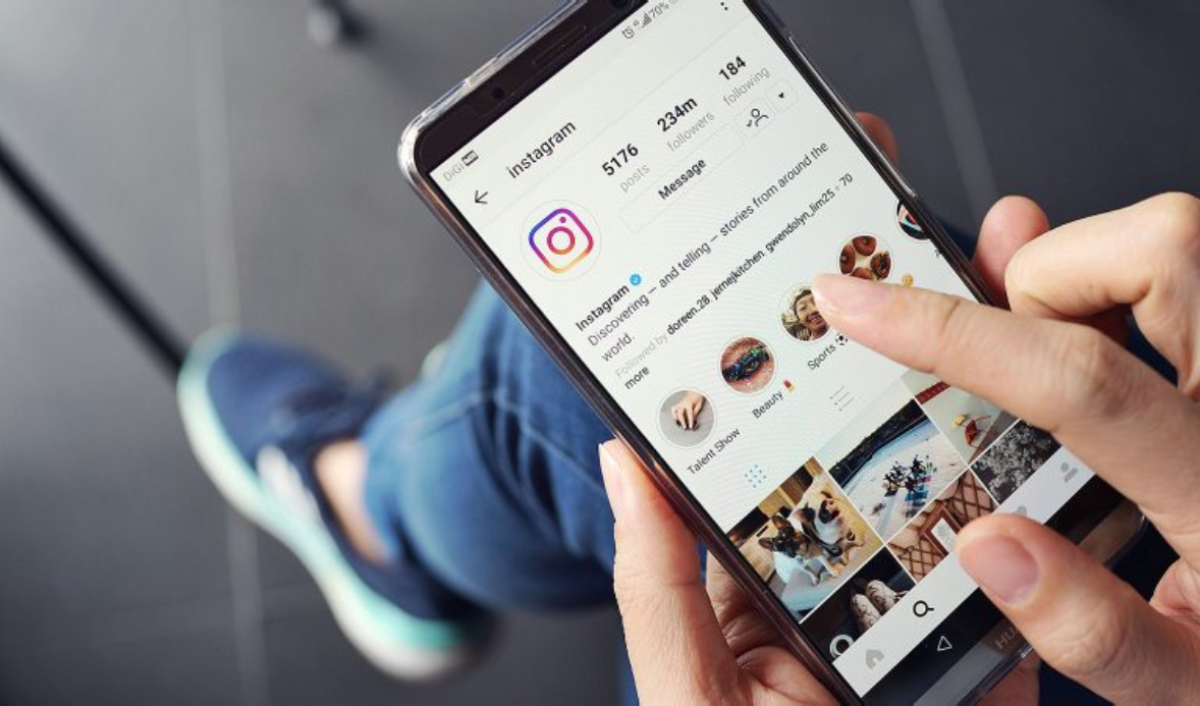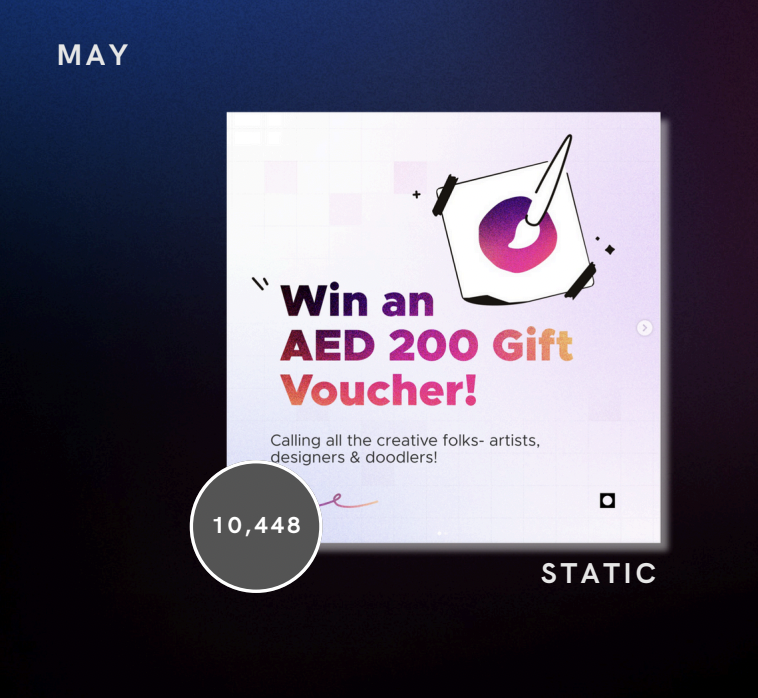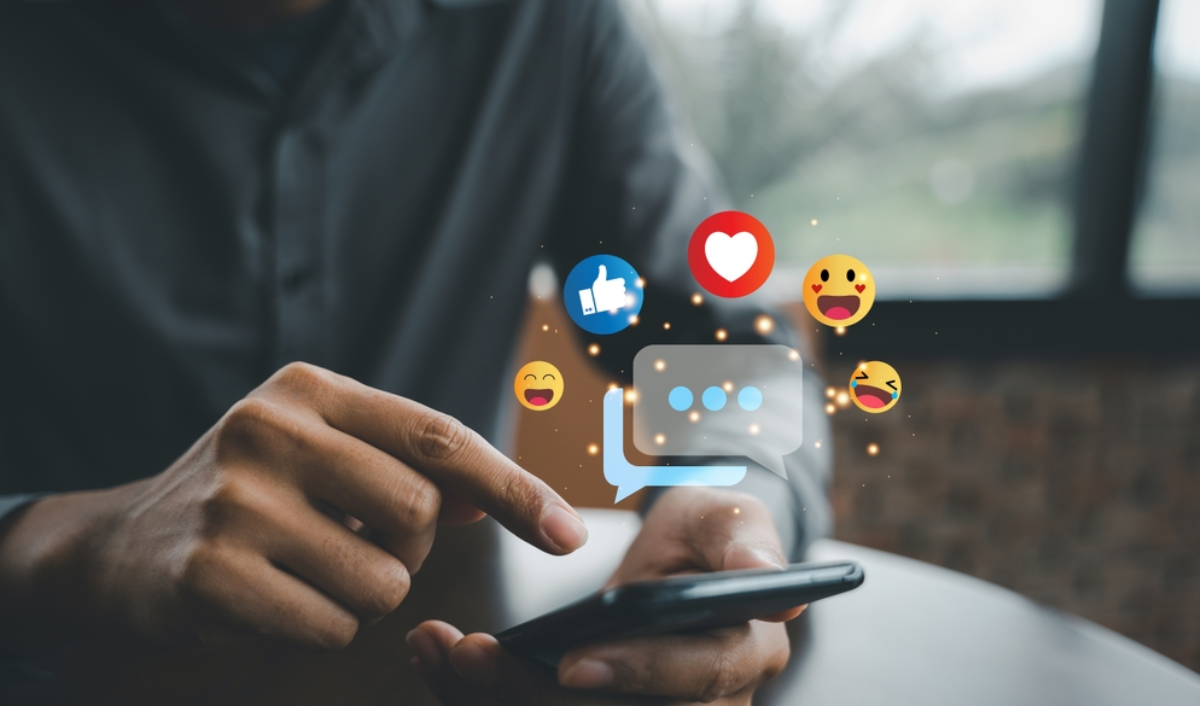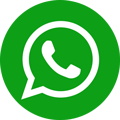Having a website is a nesting ground for any business these days, be it a small business or a big shot. Online presence can significantly affect the growth of any organisation. Many studies have shown that 71% of small and medium-sized businesses (SMBs) have survived because of their digital transformation with websites. If you have the right strategy, you can build a professional and functional website on a budget just like that.
This is a guide on how to develop a budget-friendly website for small businesses. It shows how a web design company in Dubai like Moonbox can help.
Why Digitalization Matters for SMBs
Consumer behaviour is leaning towards online platforms and SMBs need to adapt to be ahead in this competitive market. A professional website can establish credibility and connect businesses to a broader audience. As Dubai is the hub for innovation, digitalization can be the foundation for success.
Step-by-Step Guide to Creating a Budget-Friendly SMB Website
There is no compromising on the quality when it comes to budget-friendly website development. By these steps, you can create a well-functioning website without overspending.
Choose a Reliable Hosting Plan and Secure a Free Domain
Hosting providers have a major role to play in your website performance. You can go for plans that will offer free domain, enough bandwidth, and strong customer support. You can consider the following:
- Uptime: Make sure your website is available 99.9% of the time.
- Speed: To improve user experience you need faster loading time.
- Customer Service: Pick a supplier that offers round-the-clock customer service.
Select a Dependable Platform for Building Your Website
WordPress, Wix, and Shopify can provide you with a user-friendly interface for developing websites.
- WordPress: Has extensive plugins and is flexible.
- Wix: With a drag-and-drop option, it is ideal for beginners with many features.
- Shopify: The right choice for e-commerce businesses.
Customize Your Website Design
Your brand identity should be clearly seen on your website, so customization is important.
- You can select a theme and template that goes with your brand and industry.
- Use brand fonts, colors and creativity to have a cohesive look.
- To have a smooth user experience make sure your design is mobile responsive.
Create Effective Product Pages
Product pages are crucial if you are selling or giving a service,
- Using high-quality images and videos is a necessity.
- Use clear, concise, and compelling descriptions.
- Provide features and benefits.
Incorporate e-Commerce Features
For SMBs making their way into online sales, e-commerce functionality is a must.
- Always add secure payment gateway features.
- Have a checkout process and shopping cart.
- Enable shipping and tracking options for customers.
Include Up-to-Date Contact Information
Contact details are essential to build trust among customers.
- Contact form, email address and phone number are to be included.
- Give your physical address.
- Consider a live chatbot for instant support.
Test Your Website thoroughly
Always test to ensure functionality before launching and conduct multiple tests.
- Check for broken links.
- Test the speed for loading on different devices.
- Check everything is working correctly from forms to buttons and features.
Optimize Your Website for SEO
Search Engine Optimization (SEO) is a necessity for driving organic traffic, some SEO practices include,
- Include relevant keywords, meta titles, and descriptions.
- Always check for fast loading time and mobile optimization.
- Always provide high-quality content that answers customer queries.
- Always add backlinks from reputable sources.
Market your Website Effectively
A great website needs the right kind of promotion to reach the target audience.
- Use social media platforms like LinkedIn, Facebook, Instagram etc, to promote and share updates.
- Invest in email marketing to have engaging campaigns to retain customers.
- Do paid advertising for more visibility.
Moonbox is your Right Choice for a Budget-Friendly Web Design Solution. Moonox the best web design company in Dubai will provide you with customized packages that suit your budget without compromising the quality. With a team of experienced and skilled professionals with years of experience in web designing and development along with deep knowledge about the local Dubai market, Moonbox can make your website rank higher on SERP. Support and maintenance services provide ongoing assistance to keep your website running smoothly and efficiently.
Conclusion
A professional website used to be for SMBs. It’s essential. Along with being better with the right tools and strategies, you can also manufacture a budget-friendly site that propels your business and becomes a connection point with the public. Whether new or old, getting on the walk is a promising path to success. By partnering with a web design company in Dubai like Moonbox, for example for SMBs in Dubai, they can achieve high quality without the high expenses that usually come with it.
FAQs
- What are some website platforms for small businesses?
Some easy and best platforms are Wix, Shopify, and WordPress which are commonly used by SMBs as they are user-friendly and affordable.
- What will be the approximate cost of developing a small business website?
It depends on the size of the project and an approximate amount starts from $500 to $5000.
- Why is SEO important for small business websites?
SEO helps to be more visible on search engines which results in organic traffic and, therefore, potential leads.
- How can SMBs benefit from a Dubai web design company?
A web design company such as Moonbox, the company, supplies you with the solution to solving these problems by creating professional, affordable, and localized websites.
- What are some tips for maintaining a website on a budget?
- Regularly update content.
- Use free or inexpensive plugins to add features.
- Observe behavior with tools such as Google Analytics.

